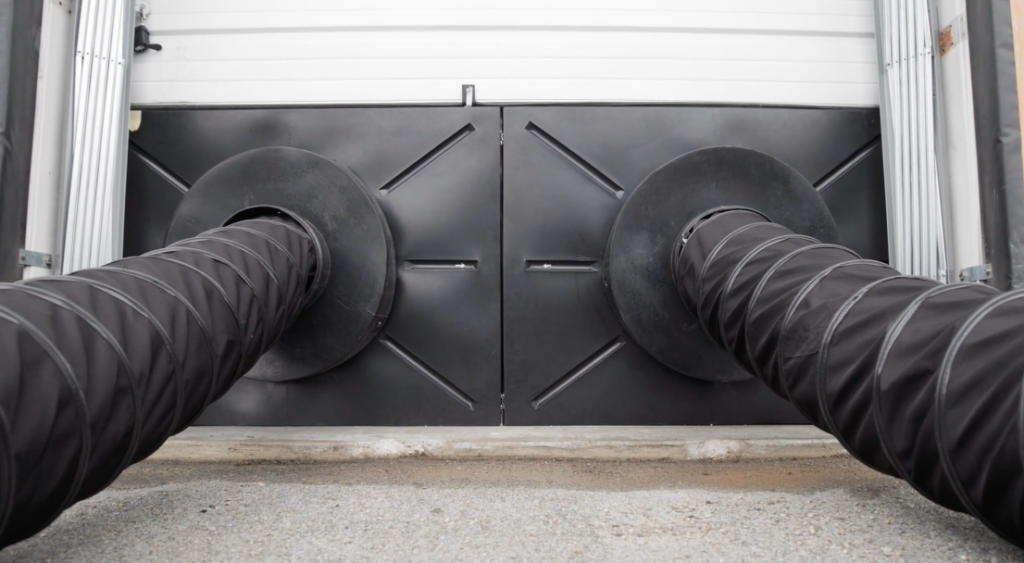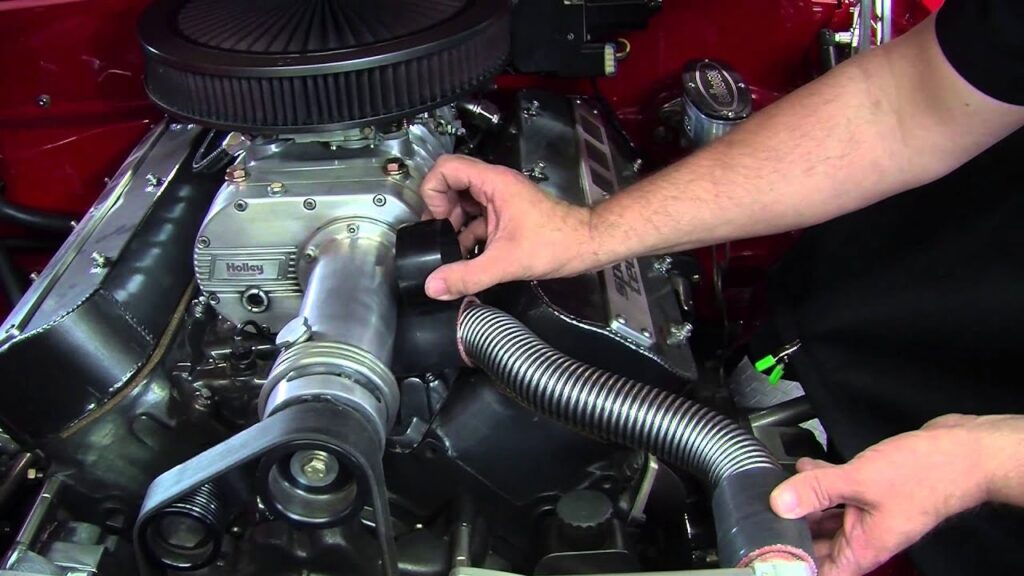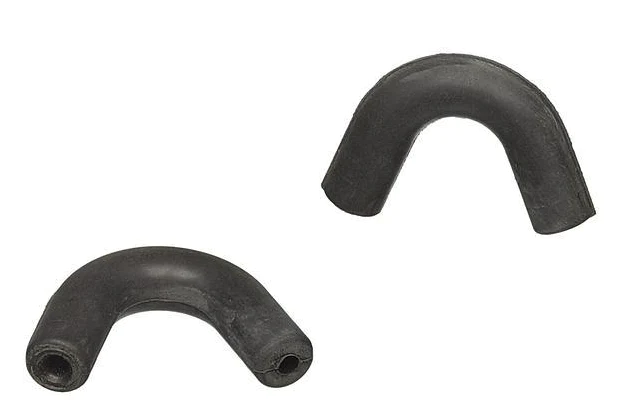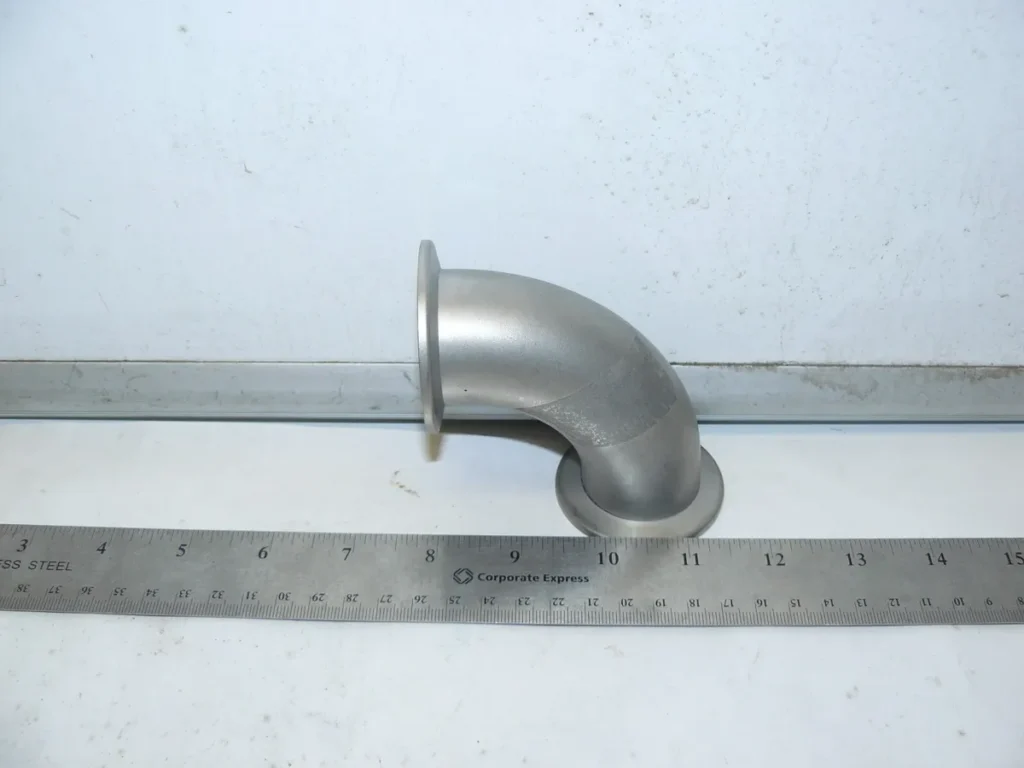How to mold a heater hose? Looking to mold a heater hose for your automotive or industrial applications? In this comprehensive guide, we walk you through the step-by-step process of molding a heater hose. From selecting the right materials to preparing the mold and achieving proper curing, we cover it all.
If you’re looking to mold a heater hose for your automotive or industrial needs, understanding the proper process is crucial. How to mold a heater hose? In this comprehensive guide, we will take you through the step-by-step procedure of molding a heater hose, ensuring optimal performance and durability.
To begin, selecting the right materials for your heater hose is essential. Consider factors such as temperature resistance, flexibility, and compatibility with the fluid being transported. Silicone and EPDM (ethylene propylene diene monomer) rubber are commonly used materials due to their excellent heat resistance and durability.
Once you’ve chosen the appropriate materials, it’s time to prepare the mold. Ensure that the mold is clean and free from any debris or contaminants. Apply a mold release agent to facilitate easy removal of the molded hose once it has cured. Preheating the material is also important to enhance flowability and promote proper curing.
Next, it’s crucial to apply pressure during the molding process. This can be achieved through various methods, such as compression molding or injection molding. The application of pressure helps in achieving uniform distribution of the material and ensures that it takes the desired shape of the mold. The curing process is equally important to achieve optimal performance. Follow the manufacturer’s instructions regarding temperature and time for curing the material.
Quality control is an essential aspect of molding a heater hose. Inspect the molded hose for any defects or imperfections, such as air bubbles, uneven surfaces, or incomplete curing. Make any necessary adjustments to the process to ensure consistent, high-quality results. Once the hose has passed the quality control checks, perform any finishing touches, such as trimming excess material or adding reinforcement if required.

By following these steps and best practices, you can mold a heater hose that meets your specific requirements. A well-molded heater hose ensures efficient heat transfer, reliable performance, and durability in demanding applications.
In summary, molding a heater hose requires careful attention to detail and adherence to proper procedures. Selecting the right materials, preparing the mold, applying pressure, achieving proper curing, and ensuring quality control are crucial steps in the process. Mastering the art of molding a heater hose allows you to create high-quality hoses that deliver optimal performance and durability. Whether you’re a DIY enthusiast or a professional, this guide equips you with the knowledge and techniques needed to successfully mold a heater hose for your automotive or industrial applications.



